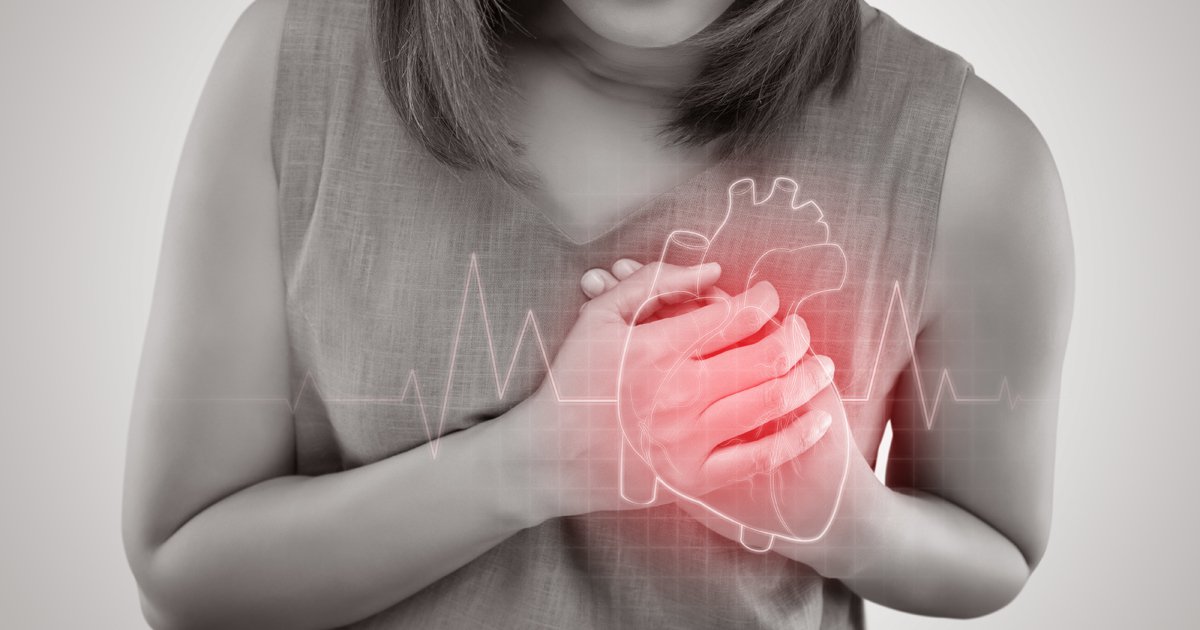Women trail men in diagnosis, treatment of heart disease

PHILADELPHIA — Though CDC data indicate heart disease is the number one cause of death among all U.S. adults, women with CVD do not get as much attention or treatment as men with this condition, according to a presentation at the American College of Physicians Internal Medicine Meeting.
“Women remain the majority of heart disease victims and still receive fewer interventions to prevent and treat heart disease,” C. Noel Bairey Merz, MD, FACC, FAHA, FES, of the Barbra Streisand Women’s Heart Center and Smidt Cedars-Sinai Heart Institute in Los Angeles told attendees.
Specifically, women receive fewer cholesterol screenings and lipid-lowering therapies; are prescribed less heparin, beta-blockers and aspirin during heart attacks and antiplatelet therapy for secondary prevention; receive fewer referrals to cardiac rehabilitation and are managed less often implantable cardioverter-defibrillators and heart transplants vs. men with the same recognized indications., according to Merz.
Treating female patients is largely a matter of remembering the As — antiplatelets/anticoagulants, angtiotensin-converting enzyme inhibitors/angiotensin-receptor blockers and antianginals; the Bs — BP control and beta-blockers, and Cs —cholesterol management and cigarette smoking cessation, she said, adding that most CVD medications are generally well-tolerated, have generics available, and provide significant improvement.

“There is abundant evidence that documents lifesaving risk reduction of antiplatelets/anticoagulants, angtiotensin-converting enzyme, beta-blockers and statins. That, coupled with the power of the prescription pen and implementing guidelines,” has begun to equalize the health disparity scale, but there are still more questions than answers, Merz told attendees.
“Mortality for women has improved and the sex survival gap has narrowed substantially. But women with heart disease are still not doing as well as men. We need to do more work to understand this sex-specific pathophysiology regarding heart health outcomes for men and women.” – by Janel Miller
References:
CDC.gov. “Leading causes of death.” https://www.cdc.gov/nchs/fastats/leading-causes-of-death.htm. Accessed March 25, 2019.
Merz CNB. “Cardiovascular disease in women.” Presented at: American College of Physicians Internal Medicine Meeting; April 11-13, 2019; Philadelphia.
Disclosures: Merz reports grant support from Flight Attendant Medical Research Institute, Gilead, National Heart, Lung, and Blood Institute, and Society for Women’s Health Research; consulting work for Abbott-Diagnostics and Sanofi; and honorarium from Gilead and Pri-Med.

